Quick search
CTRL+K
Quick search
CTRL+K
This is an instrument which has been associated with the bards and folk musicians of Rajasthan. But do you know that Ravana, the villain of Ramayana, invented the stringed instrument Ravanahatha? There is another exciting story within the folk tale. The important thing is that music historians from all over the world believe that Ravanahatha is an ancient musical instrument. Some claim that this instrument with simple strings is the father of the modern violin.
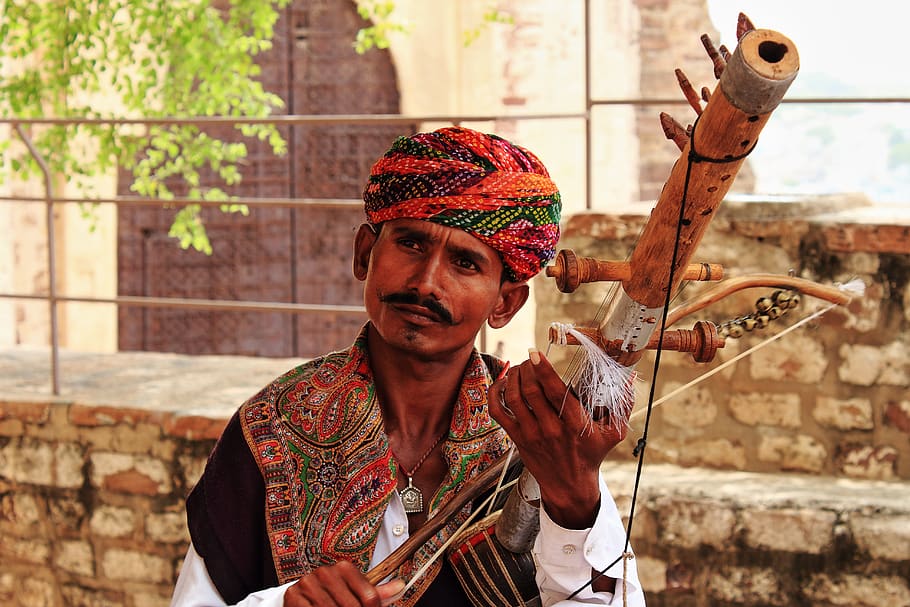
Ravanahatha is a Chikara played by folk singers of Charan and Nayak communities in Rajasthan and Gujarat. Popularly known as Bhopa, this musical instrument is played by folk singers along with songs based on religious themes in honour of the folk goddess of Raibari or Banjara community of Rajasthan.
The Ravanahatha musical instrument is made of bamboo with a coconut shell attached at one end. It is covered with goat skin. The strings of the instrument are made of horse hair, which is struck with a wooden bow (mizrab).
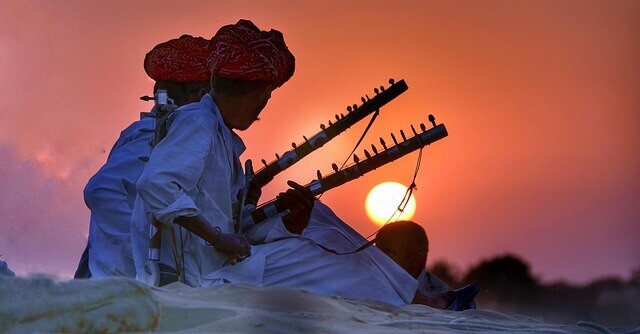

The word Ravanahatha is a distorted form of “Ravana Hasta Veena”. According to folklore, Lankan King Ravana was a great devotee of Shiva, and he used to worship Shiva by playing Ravanahatha. It is believed that after Lord Rama killed Ravana, Hanuman brought Ravana’s sword with him from Lanka to India. However, there is no historical evidence of the existence of any such instrument in Sri Lanka.
Beyond myth and folklore, what makes the Ravanahatha musical instrument important and interesting among music scientists and historians is that it is one of the ancient musical instruments that was played with a mizraab. According to books on music published in the 19th and 20th centuries, such as William Sandys’s “The History of the Violin” and Geoffrey Alwyn’s “The Violin and Its Story”, the modern violin originated from Ravanahatha, who he called “Ravanström”.
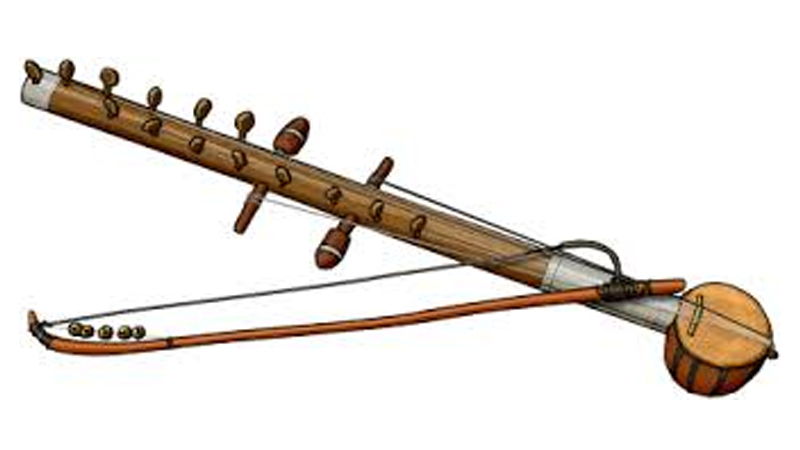

The speciality of Ravanhatha, popular in Rajasthan, is that its main string comes out on the left side of the instrument, making an angle with the Ghudach, and is tightened to a peg fixed on a long stick. Therefore, like a violin, the sound is not produced by pressing the strings of the hawk on the stick; rather, it is played by applying pressure on the strings. The sound produced in this way is more melodic.
Today, many folk artists are working to save folk culture and folk art. There is a folk artist present in Udaipur city, too, who is still engaged in preserving this art. Tourists cannot stop themselves when they listen to their tunes. Be it film songs or Rajasthani folk music, they mesmerize everyone with their melodious tunes. In Udaipur city, one such folk artist has created a special identity for himself in the city based on his folk instrument, the Ravanhatha.
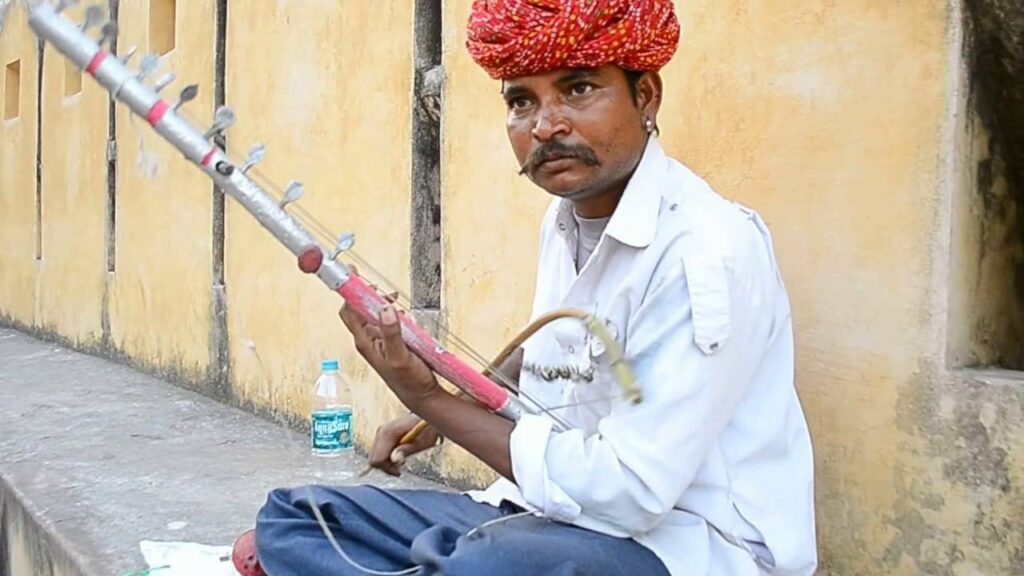

Ravanahatha is a musical instrument with strings and a bow made of bamboo. Kishan’s family has been making and playing it for generations. He says that its origin can be read in the Hindu mythological text Ramayana. According to him, it was named Ravanahatha after the name of Lankan king Ravana. Historians and many writers also seem to agree with this. They believe that Ravana had created this yantra to please Lord Shiva and get a boon.
At the same time, for Kishan and Baburi, making this instrument is an important part of their everyday life. In a village called Bargaon in Girwa tehsil of Udaipur district, the materials for making Ravanahatha – wood, coconut shells, goat skin and rope – are lying around his house. Kishan and Baburi belong to the Nayak community, which is listed as a Scheduled Caste in Rajasthan.
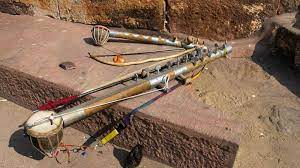

This couple, who have crossed the age of forty, leaves at nine in the morning to work at Gangaur Ghat, a popular tourist destination in Udaipur city. Here, Baburi sells jewellery while Kishan sits next to her and plays Ravanahatha to attract customers. At 7 pm, after collecting all their belongings, both of them return home to their five children.
Ravana hatha is a very popular folk instrument in Rajasthan. This is the main instrument of Bhopes. Pabuji’s Phad is famous all over Rajasthan and is played by Bhopes. These Bhopes especially belong to the Thori caste. Over the years, they have preserved and developed this historical heritage of Indian culture in their tradition.
There is a painting on the Phad cloth with pictures from Pabuji’s life events. Bhope tells the life story of Pabuji through these pictures and also sings songs. They also dance in front of Phad. These songs are sung on Ravana hatha, which is a stringed instrument. It is made by covering a large coconut bowl with the skin.
Its pole is made of bamboo, in which pegs are inserted, and nine strings are tied. These strings are not made of steel but hair, and sound is produced by moving strings.
Those who knew the musical instrument said that Ravana, the king of Lanka, had made it before abducting Sita. When Ravana came in the guise of a sage to abduct Sita, he did not have any kind of musical instrument, which is often found with sages. In such a situation, Ravana built it with his own hands and from this, it got the name Ravana Hattha.
The earliest textual mention of Ravanahatha in India is found in the essay Bharatbhasya, written by Nanyadev (1094-1133), who lived in Mithila in Bihar. This instrument is also mentioned in the essays of 17th-century Tamil poet Ramabhadrabha. He mentions the playing of this instrument by women musicians in the Tanjore court. Bartholomeus Ziegenbalg, a German missionary from Tranquebar, mentioned it in his book on the musical instruments of Malabar in 1711.
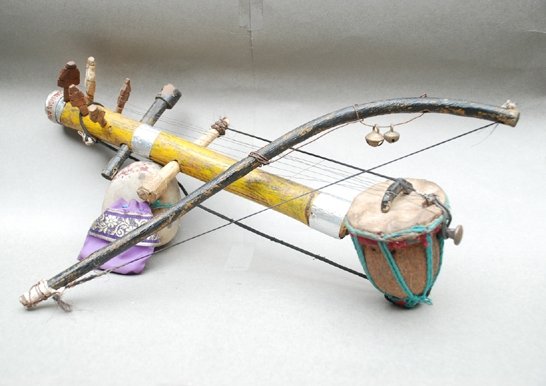

Joop Bohr, musicologist and professor of music at Leiden University, has also made a deep study of Ravanahatha. He has said in his research “Ravanahatha: A Musicological Puzzle” that Ravanahatha became popular in India sometime before the 12th century. Still, from the beginning, this instrument remained isolated from the mainstream of musical instruments. It was not considered a classical instrument but a beggar’s instrument. Over the centuries, the use of this musical instrument continued to decline. It remained the musical instrument of the Banjaras of Rajasthan and Gujarat.
At one time, Ravanahatha was limited to the nomads, but today, due to the popularity of folk art and music, the Ravanahatha instrument can be heard at popular tourist places, hotels, TV commercials and even in reality shows on Indian television.
Even today, those who enjoy the simple notes of this musical instrument would hardly know how many stages, layer by layer, had to be covered to make it so musical.
Ravana hatha is the main folk instrument of Rajasthan. Experts say that this instrument is used while dancing Phad. Phad is also the art of Rajasthan.
Ravana hatha is as interesting to look at as the music emanating from it is equally melodious. It is believed that it was invented by King Ravana of Lanka 3000 years before Christ. That is why it has been named after Ravana. It is also called Ravana Hasta Veena.
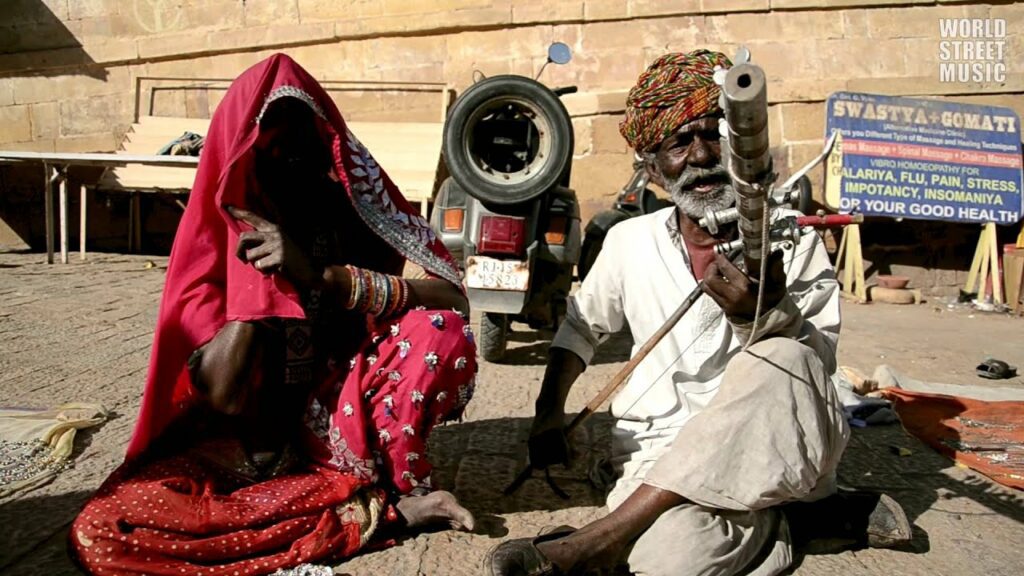

It is mostly played on Pichola Lake and Gangaur Ghat. Many tourists from India or from out of India come to Udaipur frequently. And they usually visit this lake as Udaipur always attracts them with its beauty. So, Ravanhatha is played by local artisans of Udaipur to attract tourists. It is also the source of their income. Tourists who like the music from Ravanhatha donate some money to the artisans playing them. The artisans come around 11 am, and they sit there till 7 pm and play the music.
It is usually played in royal marriages only. Wedding planners hire them to increase the pride of the family. It is not played in normal marriages generally. Also, it depends on the choices of people.
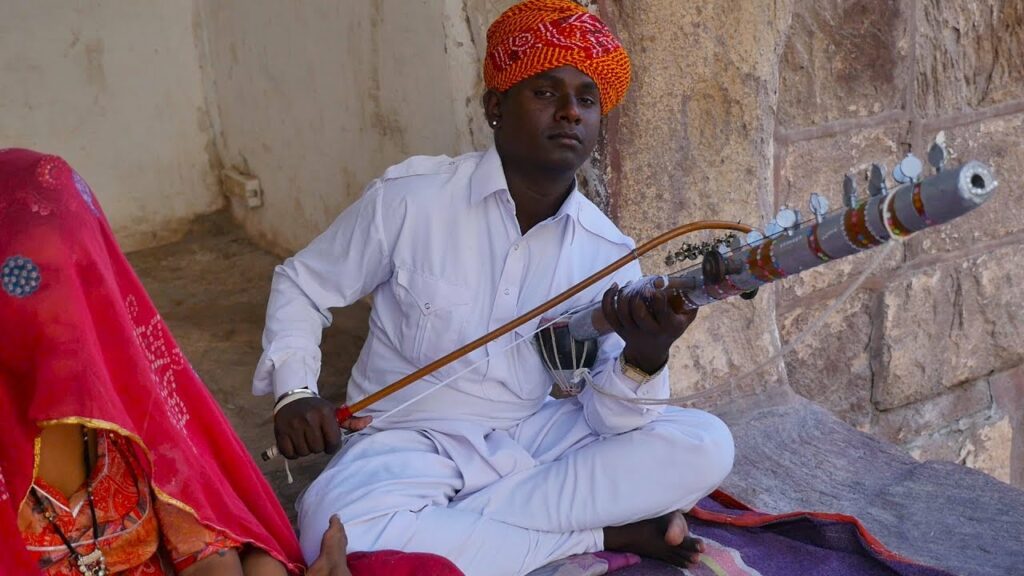

One of the most popular musical instruments in Rajasthan is Ravanhatta. It is believed to be one of the most ancient stringed instruments, which became a precursor to the present-day violins. One can often find folk musicians and bards with a Ravanhatta wandering around in the desert regions of Rajasthan. Bards are like the ambassadors of folk music from Rajasthan. The bards of the Nayaka community play Ravanhatta.
The Bards or storytellers do not follow a specific set of rules while playing Ravanhatta. They devise the synchrony of music and narration as and when they practice. But the craft seeks as much sense of sound as it seeks dexterity of the fingers. Only a few people can understand the many layers of stories behind its simple notes.
Throughout the history of India, the kings were patrons of music; this helped in the increased popularity of the Ravanhatha among royal families. Among the musical instruments of Rajasthan, it was the first musical instrument to be learned by the princes in Rajasthan and Gujrat. The Sangeet tradition of Rajasthan further helped in popularizing Ravanhatta among women.
Share this article.
No results available
Reset© All rights reserved. Designed and SEO by Digital Darpan – Best SEO Company in Udaipur.